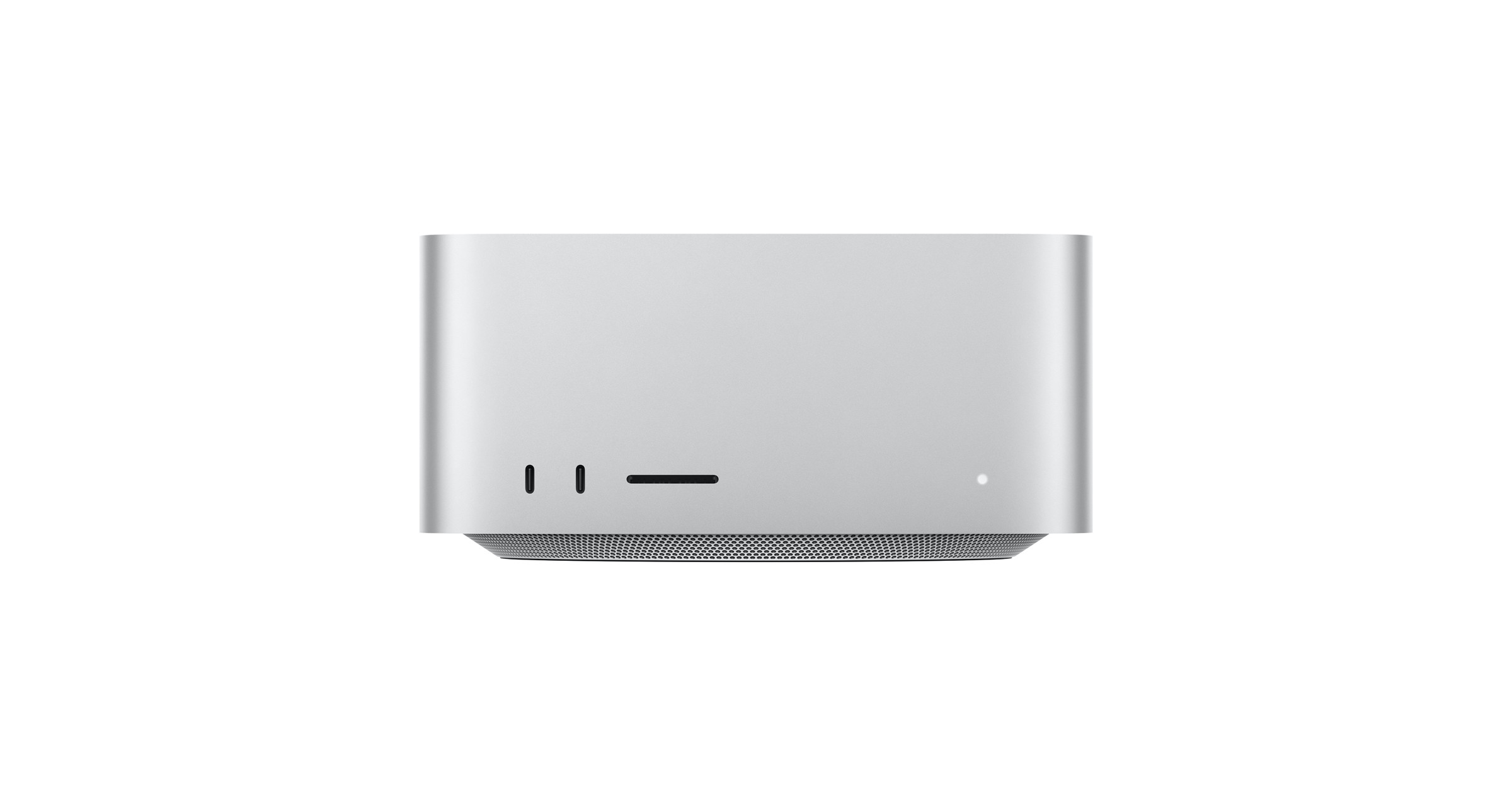Understanding Microsoft Intune
As organizations increasingly embrace digital transformation, the need for efficient device management solutions has surged. Microsoft Intune is one such powerful tool, offering cloud-based management capabilities for mobile devices and applications. Within this article, we will delve into intune training, covering everything from foundational concepts to advanced management practices. Whether you’re an IT professional looking to enhance your skills or an organization seeking to implement Intune effectively, this guide will equip you with the knowledge you need.
What is Intune Training?
Intune training refers to educational programs designed to teach individuals the ins and outs of Microsoft Intune, a component of Microsoft Endpoint Manager. This training enables professionals to manage endpoint devices, applications, and security policies effectively. Participants will learn how to utilize Intune not only for device management but also for mobile application management (MAM) and mobile device management (MDM).
The Importance of Intune in Device Management
In modern workplaces, diverse devices and platforms introduce complexities to IT management. Microsoft Intune addresses these challenges through a unified endpoint management (UEM) system, allowing organizations to secure and manage assets regardless of their physical location. With the rise of remote work, the relevance of Intune has only grown, as it empowers IT departments to enforce security policies across various device types seamlessly.
Overview of Intune’s Features and Capabilities
Microsoft Intune boasts a plethora of features that enhance its functionality:
- Device Enrollment: Support for multiple platforms including iOS, Android, Windows, and macOS, allowing organizations to enroll and manage a wide array of devices.
- Application Deployment: Facilitates the deployment and management of applications across devices, ensuring users have access to the tools they need while maintaining security standards.
- Policy Management: Enables IT professionals to create and enforce security policies to protect company data and comply with regulations.
- Reporting and Monitoring: Provides real-time insights into device compliance, software updates, and security status, facilitating proactive management.
Getting Started with Intune
Setting Up Your Intune Environment
Setting up Microsoft Intune is the first step in effectively managing devices and applications. To get started, organizations must follow these fundamental steps:
- Create a Microsoft 365 Account: To use Intune, organizations need a valid Microsoft 365 account with appropriate Intune licenses.
- Access the Intune Admin Center: Navigate to the Intune Admin Center within the Microsoft Endpoint Manager, where all management tasks will occur.
- Configure Default Settings: Before enrolling devices, it’s critical to configure default settings for device management, including security policies and compliance requirements.
Key Components of the Intune Interface
The Intune Admin Center interface is designed for intuitive navigation. Key components of the interface include:
- Dashboard: Provides an overview of device status, compliance, and alerts.
- Devices Section: Allows administrators to track and manage enrolled devices, view detailed reports, and enforce policies.
- Applications Section: Here, users can manage application deployment, updates, and approvals.
- Users Section: Facilitates user account management and compliance status checks.
Initial Configuration Steps for New Users
After setting up the Intune environment, new users should perform the following configuration steps:
- Define device compliance policies to establish rules and conditions that devices must meet to be considered compliant.
- Create app protection policies to help secure the company’s data within applications.
- Enroll devices, either automatically via Azure AD or manually, depending on the organization’s preference.
Advanced Intune Management Techniques
Device Enrollment Strategies
Device enrollment is critical for effective management within Microsoft Intune. Organizations can implement several strategies for device enrollment:
- Automatic Enrollment: Automatically enroll devices during Azure AD registration. This is particularly useful in cloud environments.
- Self-Service Enrollment: Allowing end-users to enroll their devices prevents congestion in support tickets and enhances efficiency.
- Bulk Enrollment: For organizations needing to enroll a significant number of devices, utilizing bulk enrollment methods can save time and resources.
Utilizing Policies for Enhanced Security
Security policies are the backbone of a robust device management strategy. In Intune, organizations can establish multiple types of policies:
- Compliance Policies: Specify conditions under which a device is considered compliant, enabling effective risk management.
- Configuration Policies: Set device configurations automatically, ensuring all devices adhere to company standards.
- App Protection Policies: Control how apps function on devices and ensure that sensitive data is securely accessed.
Monitoring and Reporting with Intune
Monitoring and reporting are essential components of a successful Intune implementation. Intune provides the following reporting features:
- Device Compliance Reports: Evaluate the compliance states of enrolled devices.
- Application Usage Reports: Analyze application performance and user engagement.
- Security Baselines: Microsoft offers pre-configured security baselines that help organizations quickly implement security settings for devices.
Best Practices for Intune Training
Staying Updated with Intune Developments
Given the rapid evolution of technology, staying current with updates is paramount. IT professionals should subscribe to Microsoft’s official blogs, join relevant forums, and attend webinars to keep abreast of the latest changes in the Intune landscape.
Leveraging Online Resources and Communities
Numerous online resources can aid in mastering Intune. Some valuable options include:
- Microsoft Learn: Offers free training modules tailored to different learning paths.
- YouTube Channels: Channels like Intune.Training provide visual learning through hands-on tutorials.
- Online Communities: Engaging in forums such as Reddit can help share experiences and gain insights from fellow Intune users.
Feedback and Continuous Improvement in Training
Feedback mechanisms are crucial for enhancing training programs. Organizations should regularly solicit input from participants to identify areas for improvement. This ensures the training remains relevant and user-friendly, promoting better learner engagement and retention.
Career Pathways in Intune Management
How to Become an Intune Specialist
To pursue a career as an Intune Specialist, individuals should focus on gaining relevant experience in device management and enterprise mobility solutions. Here are some steps to consider:
- Gain foundational knowledge of Microsoft services, particularly Azure AD and Microsoft 365.
- Engage in hands-on practice through lab environments or real-world applications.
- Pursue specialized training on Intune, such as taking dedicated courses to boost your credentials.
Qualifications and Skills Needed
Individuals aspiring to become Intune specialists should possess a combination of technical skills and soft skills:
- Technical Skills: Proficiency in mobile device management, cloud services, and security protocols are essential.
- Analytical Skills: The ability to analyze data trends and generate actionable insights enhances effectiveness in device management.
- Communication Skills: Clarity in conveying knowledge to team members and end-users is crucial for successful implementation.
Certifications to Advance Your Career
Obtaining relevant certifications greatly enhances credibility and career prospects. Some notable certifications include:
- Microsoft Certified: Modern Desktop Administrator Associate: Focuses on managing and securing devices and data.
- Microsoft Certified: Security, Compliance, and Identity Fundamentals: Significant for understanding security concepts relevant to Intune.
- Microsoft Certified: Azure Fundamentals: A foundation in cloud concepts that complements the use of Intune.















Leave a Reply